Introduction
In the realm of pickled vegetables, sour green beans, or “suan dou jiao” in Chinese, occupy a unique and flavorful niche. Their tangy, sour taste pairs wonderfully with a myriad of dishes, from simple rice porridge to hearty stews. The process of pickling, or fermenting, these beans transforms them into a versatile ingredient that can elevate any meal. But how do you achieve the perfect balance of sourness, crunchiness, and overall taste? This guide delves into the nuances of pickling sour green beans to ensure your final product is nothing short of delicious.

Choosing the Right Beans
The first step in creating delicious sour green beans is selecting the right beans. Freshness is paramount. Look for beans that are bright green in color, firm to the touch, and free of blemishes or soft spots. Snap beans (Phaseolus vulgaris) are typically used for pickling due to their ability to retain crispiness after fermentation. Avoid beans that have been sitting in the market for too long; freshness directly impacts the final texture and flavor.
Preparation: Cleaning and Trimming
Once you’ve sourced your beans, it’s time to prepare them. Begin by rinsing them thoroughly under cold running water to remove any dirt or debris. Carefully inspect each bean and trim off any ends that are damaged or dried out. This not only ensures a cleaner final product but also helps in maintaining consistent fermentation.
Blanching: Preserving Crunch and Color
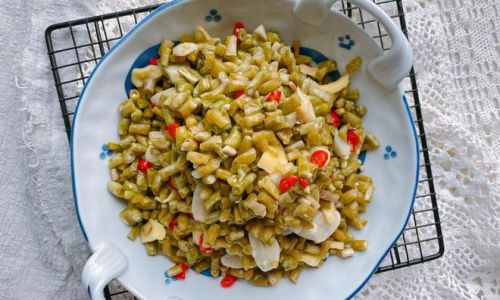
Blanching is a crucial step in pickling sour green beans. It helps to kill enzymes that could cause the beans to lose their crispness and color during fermentation. Fill a large pot with water and bring it to a rolling boil. Add a generous amount of salt (about 1 tablespoon per gallon of water). Blanch the beans for about 2-3 minutes, or until they turn a brighter green and are slightly tender but still crisp. Immediately plunge them into an ice bath to stop the cooking process. This rapid cooling helps to lock in the vibrant color and texture.
Brining: The Foundation of Flavor
After blanching, drain the beans well and set them aside. Now, it’s time to prepare the brine. The brine is what ferments the beans and gives them their signature sour taste. A basic brine consists of water, salt, and sometimes a small amount of sugar to balance the flavors. The ratio of salt to water is crucial; too much salt can inhibit fermentation, while too little can lead to unwanted bacteria growth. A good starting point is 3-5% salt by weight of the water. For example, for every liter of water, use 30-50 grams of salt.
For added complexity, consider incorporating spices or herbs such as garlic, ginger, chili flakes, or even a splash of vinegar. These additions can enhance the flavor profile of your sour green beans. Bring the brine to a boil, stir to ensure the salt is fully dissolved, and then let it cool completely before using.
Packaging and Fermentation
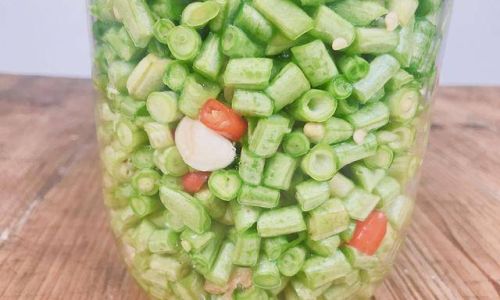
Once the brine is ready and the beans are thoroughly dried, it’s time to pack them for fermentation. Clean, sterile jars are essential to prevent contamination. Pack the beans tightly into the jars, ensuring they are fully submerged in the brine. If necessary, use a weight (like a smaller jar filled with water) to keep the beans submerged, as any part exposed to air can cause mold or off flavors.
Cover the jars with loose-fitting lids to allow gases produced during fermentation to escape. Place the jars in a cool, dark place where temperatures remain consistent, ideally between 68-75°F (20-24°C). Fermentation can take anywhere from a few days to a couple of weeks, depending on your preferred level of sourness. Start tasting the beans after a week to monitor progress.
Monitoring and Adjusting
During fermentation, it’s important to keep an eye on your beans. Check for any signs of mold or off odors. A healthy fermentation should produce bubbles and a slightly effervescent appearance. If you notice any mold, carefully scoop it off the surface (ensuring it doesn’t touch the beans) and discard the affected portion. If mold persists, it’s best to start the process anew.
Taste testing is key. The longer the beans ferment, the more sour they will become. Once they reach your desired level of sourness, stop the fermentation process by refrigerating the jars. This slows down the fermentation and preserves the beans at their peak flavor.
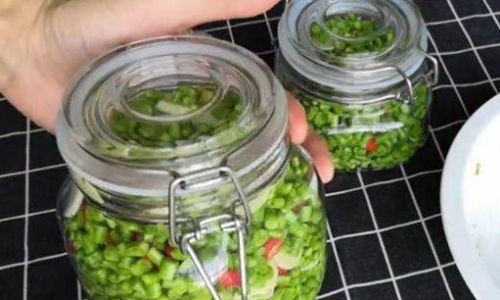
Storing and Enjoying
Properly fermented and stored sour green beans can last for several months in the refrigerator. They continue to develop flavor slightly over time, so feel free to experiment with different storage durations to find your preferred taste.
Sour green beans are incredibly versatile. They can be used as a side dish, added to stir-fries, incorporated into soups and stews, or even enjoyed on their own as a snack. Their tangy, refreshing taste makes them a welcome addition to any meal, especially during warmer weather when lighter, more acidic foods are more appealing.
Conclusion
Pickling sour green beans is not just a preservation technique; it’s an art that transforms simple ingredients into a culinary delight. By following these steps—choosing fresh beans, meticulously preparing them, crafting the perfect brine, carefully monitoring fermentation, and storing them properly—you can achieve sour green beans that are not only delicious but also bursting with flavor and texture. So, why wait? Dive into the world of pickling and start creating your own batch of delicious sour green beans today!
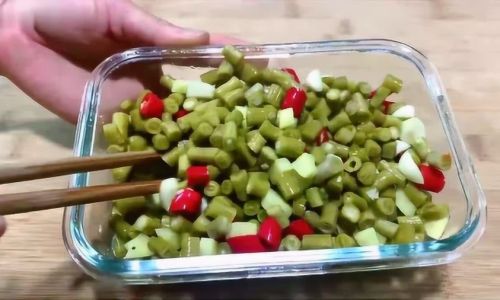

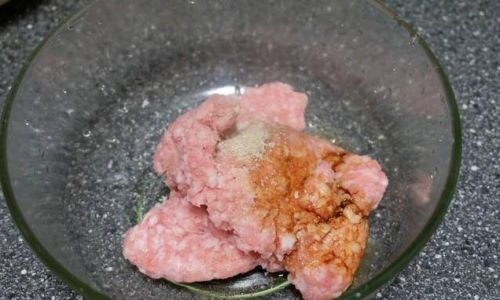

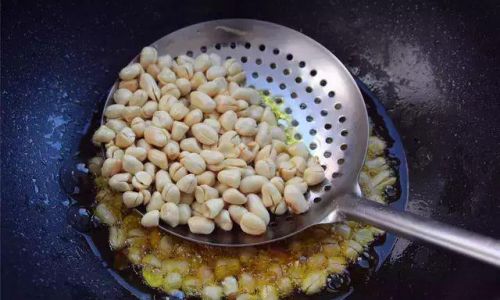

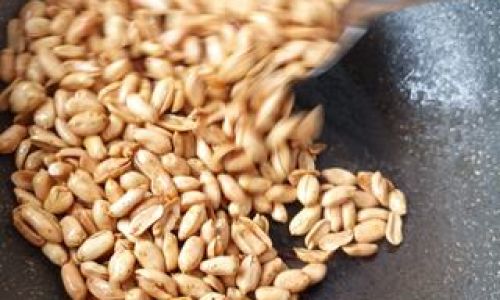
0 comments